On simplicity
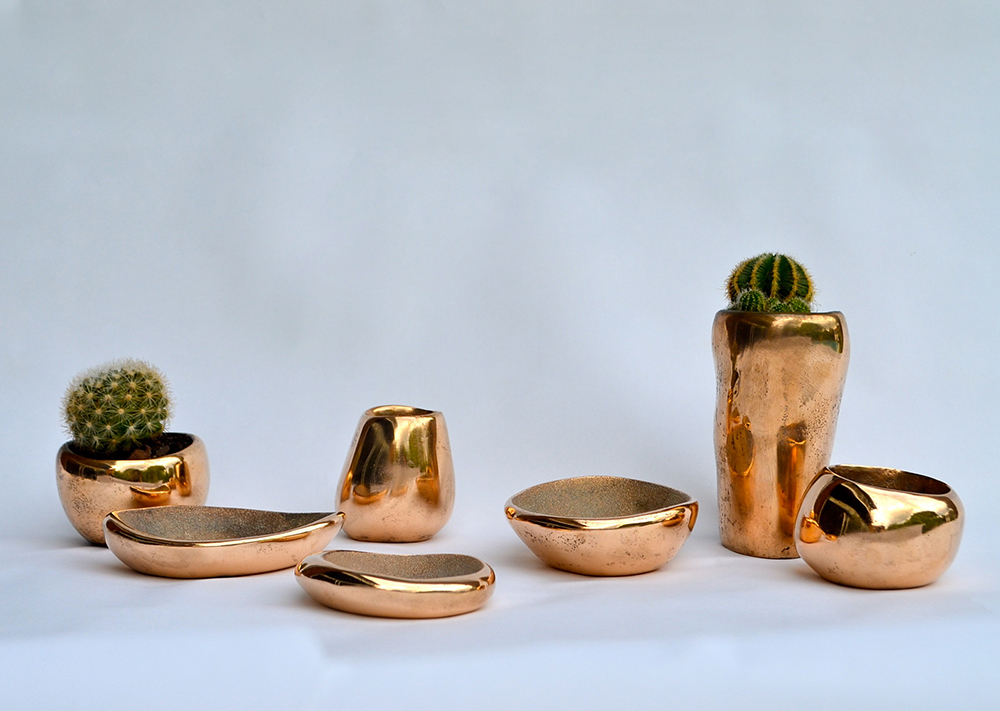
Opening in Milan next week, ‘The Other Hemisphere’ invites designers to respond to the theme of ‘Simplified’, prompting the design of an object that, by nature of approach or aesthetic, is as simple and uncomplicated as possible. In the spirit of collaboration, we asked ‘The Other Hemisphere’ designers and curators to help us cross-pollinate ideas relating to simplicity.
The notion of simplicity is intrinsic to Assemble Papers’ commitment to small footprint living. We are constantly questioning how we can do more with less. While our Pollinate section traditionally initiates conversation between two people on a common or kindred topic, in this instance we wanted to hear many voices. What ensues is a ‘take one idea and pass it on’ exploration of simplicity, beginning with a question from us to Elliat Rich.

Assemble Papers: What is your process of simplification?
Elliat Rich: To simplify as a designer is to deliver a story through an object with clarity. There is no such thing as a ‘simple object’. Every object holds a history, cultural identity, morality, politics and coded instructions for use. How these are read is dependent on the reader. When we see simplicity in an object, this complexity has been distilled into something that communicates to us succinctly. The process of simplification is to understand the story being told and to compose through materiality and form.
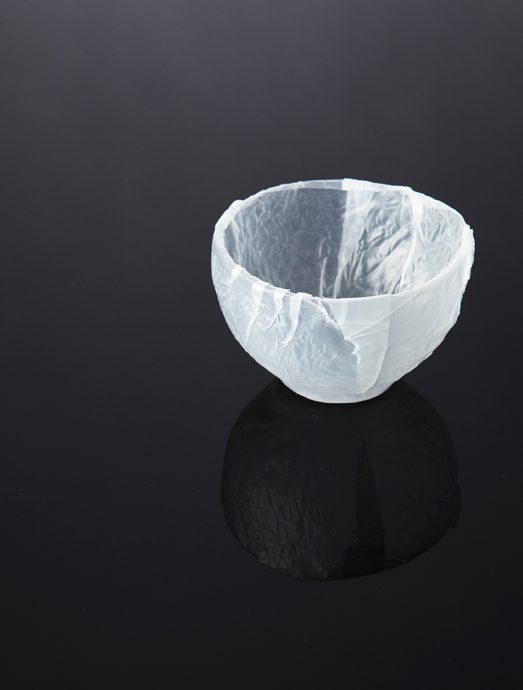
Elliat Rich: Why is simple beautiful?
Sarah K (supercyclers): At its heart supercyclers is about altering perceptions of beauty. We make a conscious decision to persuade beauty out of something whose value has been lost, become ugly and will likely be discarded. We are interested in making ugly beautiful. supercyclers is also about the beautiful simplicity of the idea – the glaringly obvious simple manifestation of an idea that no one had thought of yet, but that makes us feel on sight of it, as though it had been.

Sarah K (supercyclers): In our complicated world how can we simplify life without feeling like we are moving backwards?
Anna Lise De Lorenzo (&company): My Dad’s garage was the first workshop I knew. I don’t recall it ever sheltering a car, it was always too full of projects and tools. Hoarding is a bit of a genetic weakness, and I don’t think Dad’s ever seen a useful tool he wouldn’t consider finding a home for. Some of the very best in his collection tend to be the oldest – the ones my Grandfather Beppi used, and the ones Beppi custom-made. In the chaos of Dad’s garage, there is a simple ease, efficiency and quiet joy in knowing the right tool for your job is at hand. It enables you to pause long enough to make or mend something with your hands; to draw on a different, more physical intelligence; to focus. There is a simple pleasure in creating something of value that is kept and loved, in calm defiance of the noise of our complicated world. It moves us forwards.

&company: A career as a designer or maker can be romanticised as the ‘simple life’. How can the idea of ‘simplicity’ be used to strengthen a designer’s business?
Henry Wilson: Once one starts the ‘business’ of design it becomes clear that the design thinking does not stop with the object alone. It is obvious to me now that the behaviour of the business must be designed in as much detail as that of its physical output. This has been the most challenging aspect I have encountered so far. I can only speak for myself, however I feel that whenever things in business or design become over-complicated and you cannot explain it to a stranger then you have to re-think. Vico Magistretti used to say that his best projects could be described over the phone to the manufacturer.
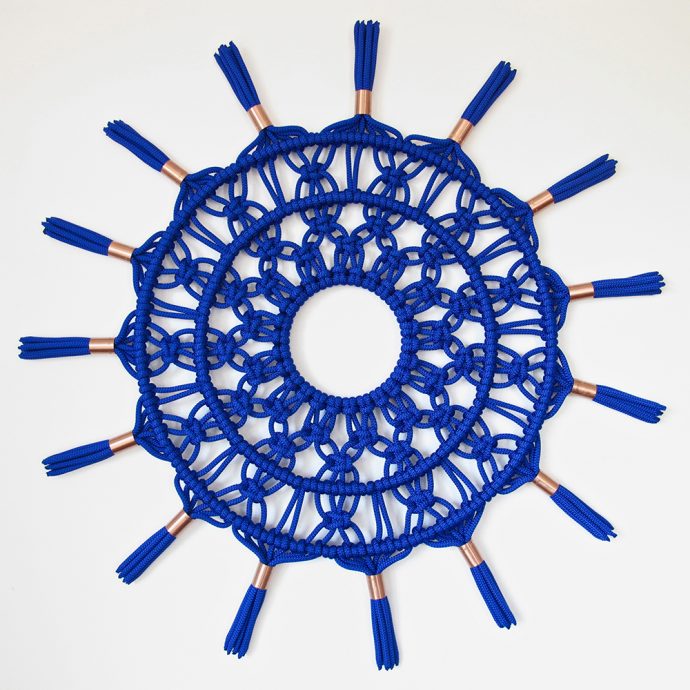
Henry Wilson: Who is the judge of simplicity? Is it something you have to grow and nurture awareness of, or are we all born with an intuitive understanding of the phenomena?
Tamara Maynes (supercyclers): Surely simplicity can only really be judged by the individual. What I see as simple, others may not. I consider my macramé work as a modest series of knots made of everyday rope using only my hands, while to others it can be considered as incredibly intricate. I think the ability to sense the difference between simple and elaborate is definitely innate, yet its growth is up to individual experience. This is where we, as designers offering experience, can and should take part in nurturing its awareness.
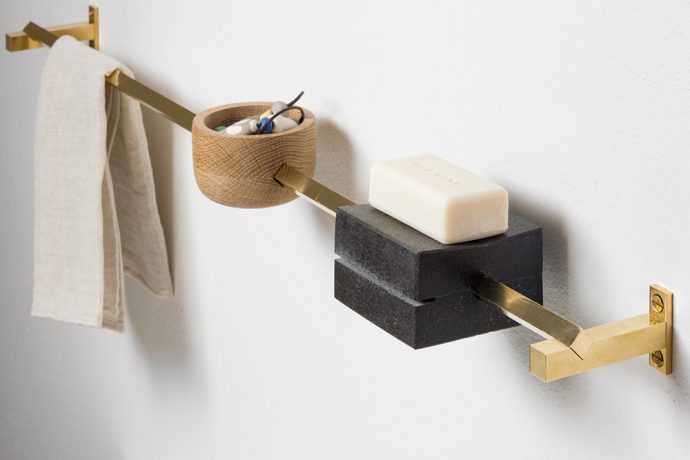
Tamara Maynes (supercyclers): Can simplicity and elaborate exist together in harmony within the same design?
Groupwork: We believe that simple and elaborate can coexist. Simplification can articulate or clarify something far more complex. Sometimes simple is easy and straightforward but often the process of simplification involves a rigorous and elaborate process. It may also carry a complex thought or idea. In this way elaborate can be there, invisible, or in the detail; simplicity as a clarity of expression. For us, this is what makes simple beautiful.

Groupwork: How does the process of simplification inform your work and how can simplification contribute to sustainable practices?
Liane Rossler (supercyclers): Simplification informs my work in many ways, both in aesthetics and process. I find beauty in simplicity. When I design or make an object, I like to distill the the work in form, and use the material and/or colour as an expression. I approach the material and process from the point of simplicity, and choose to work with things that are direct, with as low an environmental impact as possible. Simplification can contribute to sustainable practice by reducing unnecessary waste in process and material.

Liane Rossler (supercyclers): What elements of simplicity from traditional cultures and methods have you found inspiring to be applied when designing for the future?
Benjamin Bryant (Field Experiments): I find an incredible amount of inspiration coming from traditional societies and their approach to using raw materials. Quite often they are the most ingenious people and their approach is one of circumstance but at the same time their awareness of the natural world and its “living potential” is like no other coming from a modern metropolitan society. One clear example of this is the resurgence of bamboo – it’s been used for thousands of years and seems to be continually reimagined decade after decade all the while proving to be a viable sustainable resource. The fact that one material can be lumber for building, hollowed out for water irrigation, broken down and woven into a form, made into weaponry or used for cooking makes it an inspiring material and metaphor when looking to the future.

Benjamin Bry (Field Experiments): Can simplicity be prescribed at the onset of a project or is it something that becomes inherent in the process?
Timothy Tuppence: I don’t feel that simplicity should be premeditated but rather that it can become part of your mindset when beginning a new project. How simplicity is defined in the applied context will emerge through the process. By following through a process you can reach the essence of what you are searching for and the best way to communicate it.
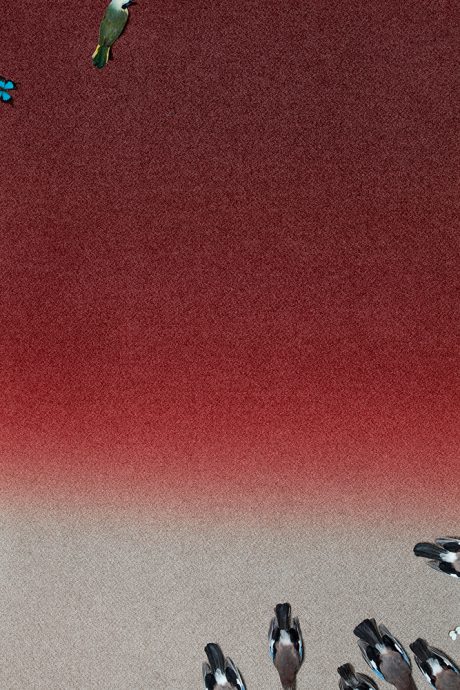
Timothy Tuppence: How do you find simplicity in complex situations and is the best decision always the simplest?
Margriet Vollenberg & Margo Konings (Organisation In Design): We think that the most simple answer to the question of how to find simplicity in complex situations is to just trust your intuition. But to be able to trust your intuition / your gut feeling / your first instinct, you first have to nurture and grow awareness of it. We have learnt that training to recognise your intuition – and subsequently learning to trust it and use it – clears the way to move forward, creating a clear view towards the future. When you can combine your intuitive with your rational qualities, you provide yourself with an inspirational tool to respond to complex situations in a new and refreshing way. According to us, the best decision is indeed most likely also the simplest.

Organisation in Design: How do you implement simplicity in your way of working?
Nathan Goldsworthy (Goldsworthy Studio): If I can’t sketch it in under a minute it probably shouldn’t exist. There are all sorts of things I can do with software and machinery but I think we have a natural affinity with everyday things that informs our aesthetic values. I think simplicity is about immediacy, recognising a form or the way something works from our own past experiences.
The Other Hemisphere runs 8–14 April at Ventura Lambrate as part of Milan Design Week and 28–30 May at designEx in Sydney. Curated by Sarah K (Blakebrough + King; supercyclers) and Margo Konings and Margriet Vollenberg (Organisation in Design), it features the work of 12 designers and design collaborations from Australia. Assemble Papers is proud to be a media partner and co-conspirator on the associated print publication. For more information visit: theotherhemisphere.com